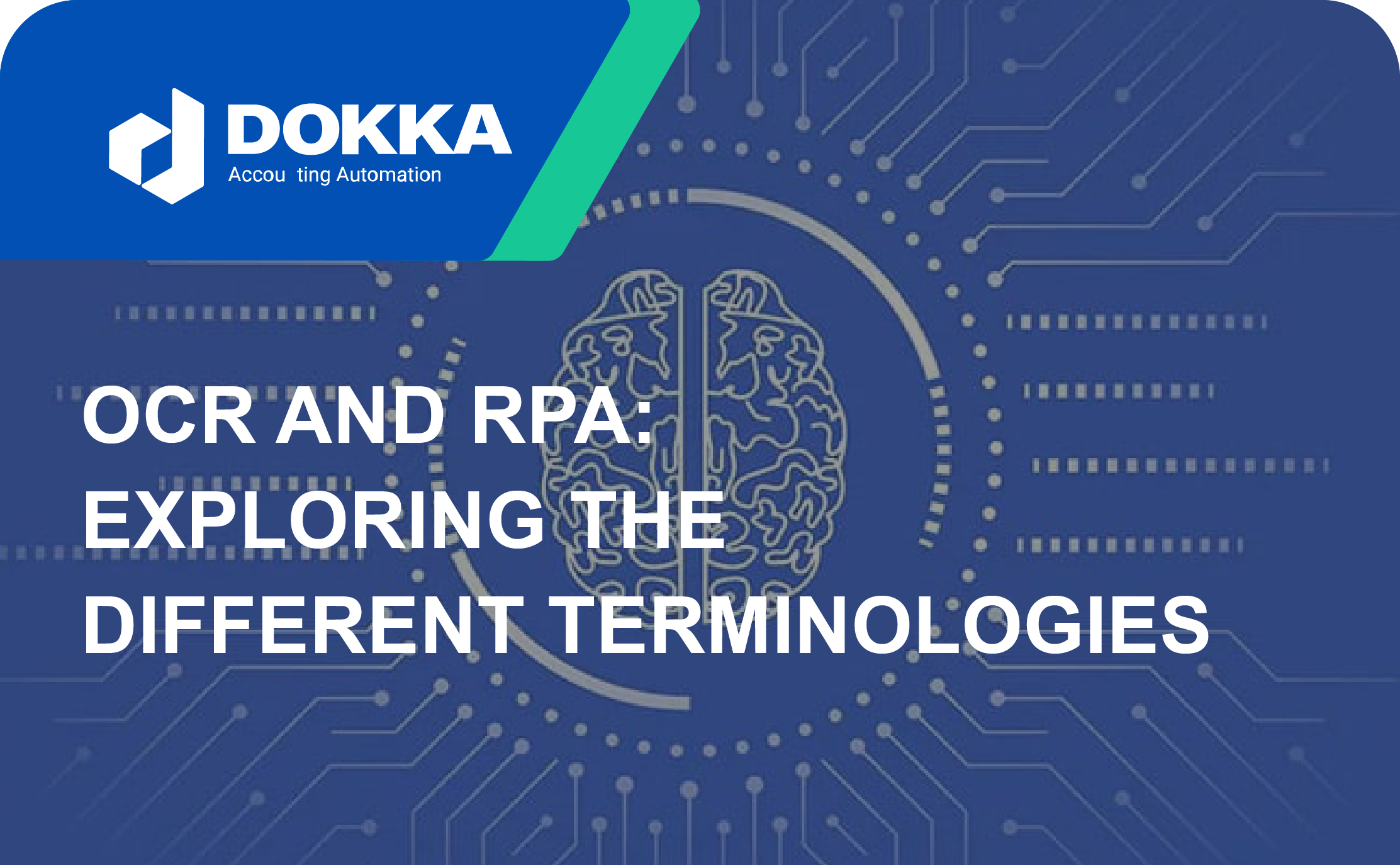Understanding the difference between OCR and RPA and how these technologies are revolutionizing business processes.
The recognition and extraction of data from various document types is the first step in document management. Choosing the right tool is important to achieve a high level of accuracy for your business needs. In this article, we explore the two main data recognition technologies to evaluate the different terminologies and their core functions.
Overview
In order to understand OCR and RPA terminologies, let us first explore their definitions and how they work.
OCR is short for Optical Character Recognition, is ‘the electronic or mechanical conversion of images of typed, handwritten, or printed text into machine-encoded text, whether from a scanned document, a photo of a document, a scene photo or from subtitle text superimposed on an image.
RPA is short for Robotic Process Automation and is a form of business process automation technology based on metaphorical software robots or artificial intelligence.
Optical Character Recognition (OCR)
This powerful technology pulls text from image-based documents, such as PDFs or scanned invoices. The data is then converted into digital data or editable text.
Robotic Process Automation (RPA)
This intuitive software automates processes that are rule-based and mimic human behavior. Like a person looking at a document, the data is understood and processed into a digital format.
History
The need to convert standard text into digital text for indexing, searching, and editing is understandable and extremely valuable. As said by the members of Google’s Research Team –
“Many of the world’s important sources of information – books, newspapers, magazines, pamphlets, and historical documents – are not digital. Unlike digital documents, these paper-based sources of information are difficult to search through or edit.”
Dmitriy Genzel and Ashok Popat, Research Scientists and Dhyanesh Narayanan, Product Manager
Although the adoption of a digital and paperless environment is growing in recent years, the requirement is not new. Since the early 1900’s the recognition of data has been in development and has simply evolved over the years.

OCR and RPA Technology Explained
Extracting information from invoices and documents is the most important task for your bookkeeping, accounting, or financial businesses. The data needs to be accurate and offer the efficiency and simplicity to streamline capturing and approval processes.
How it works
OCR: Your eyes recognize light and dark patterns to determine letters, numbers, and so on to make sense of what you are reading. So too does OCR technology use pattern recognition and feature detection, such as identifying line directions and intersections, to identify text from images.
RPA: Again, as you are able to determine what is on your screen and do things like typing, navigating, recognizing, and extracting data, RPA technology is developed to perform all of these actions. The software robots emulate human behavior and work more efficiently than humans.
Benefits and Challenges of OCR and RPA
Both OCR and RPA streamline workflows and improve productivity. They are also easily implemented and noninvasive. The technologies eliminate the mundane manual tasks and free up time for humans to do what they are best at.

The improved accuracy offered by both effectively improves workflows. Combined with the reduction in human error, the risk of lost documents, manual processes, and rekeying information is dramatically eliminated. The ability to have documents in a digital format provides the opportunity to do many things including very fast retrieval of data and a reduction in the amount of physical space required to store documents.
The challenges arise from the differences in OCR and RPA capabilities:
- OCR is suited for simple translation of images to text. It does not work well with more complicated documents and requirements. It also does not work well with all foreign languages.
- RPA usually works better with structured data that is already established within a system.
DOKKA’s A.I., OCR and RPA
It is important to note the difference in all terminologies and how they correlate with one another. A combination of A.I. with OCR and RPA presents massive opportunities to unlock the potential within business processes. A.I. such as machine learning and language processing creates possibilities to further expand system skills.
The DOKKA solution has been developed with a sophisticated algorithm including these intuitive and powerful technologies to recognize documentation with the highest level of speed and accuracy. DOKKA can extract data from any document type and its language-agnostic technology expands its abilities to extract data.




